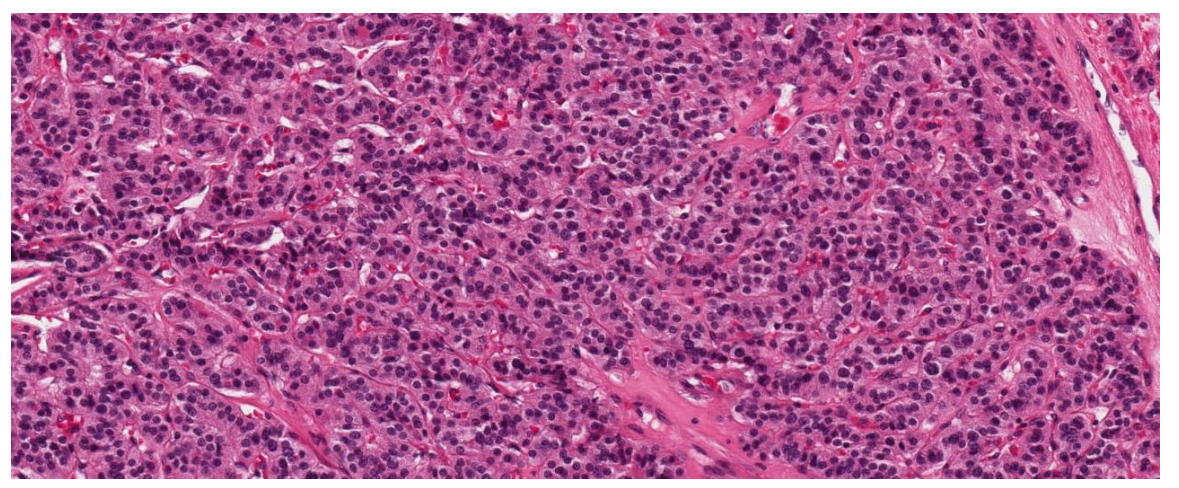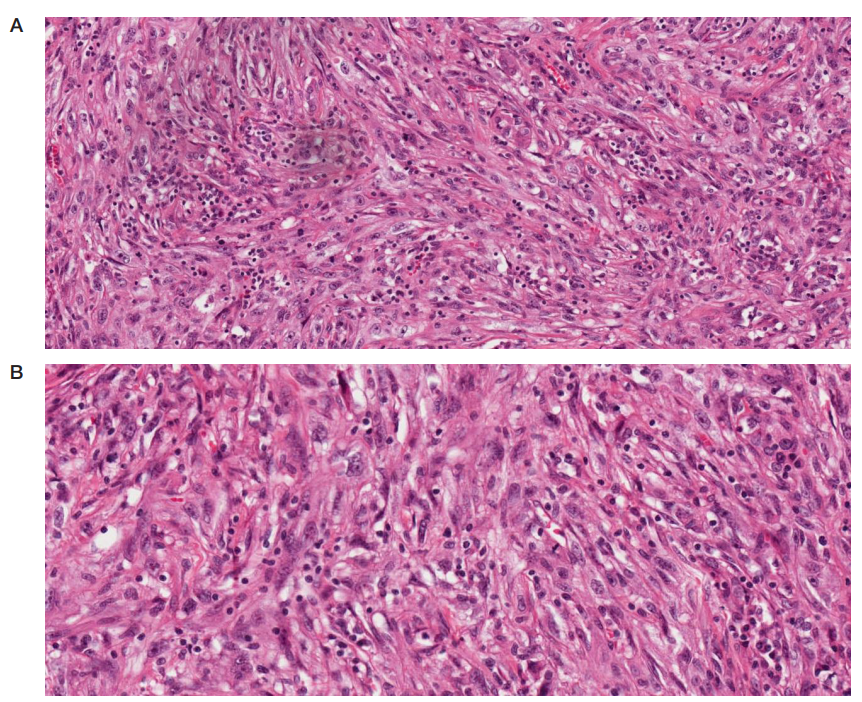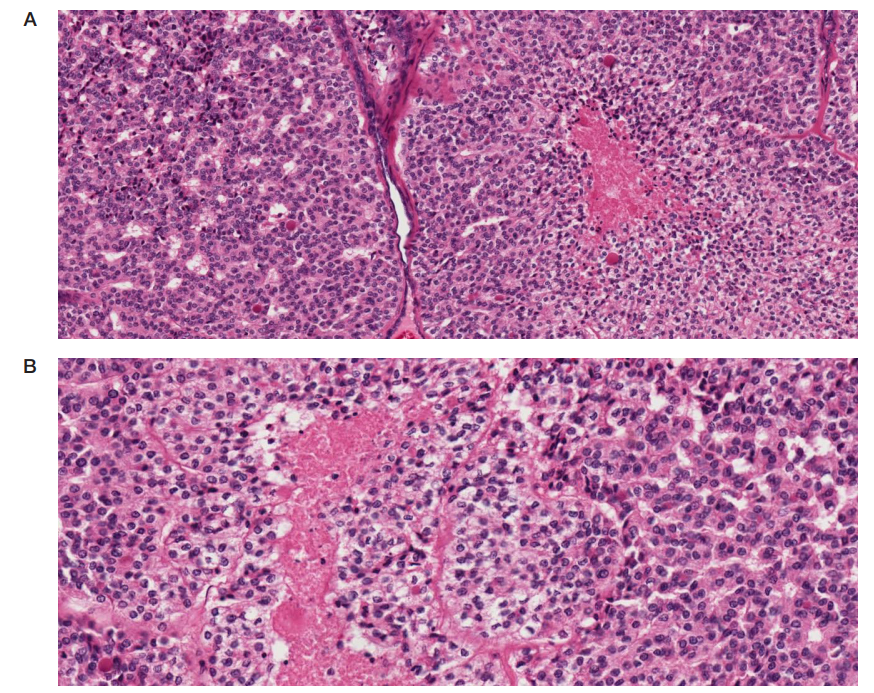
ISSN Print 2500–1094
ISSN Online 2542–1204
BIOMEDICAL JOURNAL OF PIROGOV UNIVERSITY (MOSCOW, RUSSIA)

Pirogov Russian National Research Medical University (Pirogov University), Moscow, Russia
Correspondence should be addressed: Dalgat R. Makhachev
Akademika Volgina, 37, Moscow, 117437, Russia; ur.liam@2002taglad
Author contribution: FMakhachev DR, Bulanov DV, Shovkhalov MM, Bekmurziev BZ, Geroev IA — data analysis and interpretation, manuscript writing, editing; Netsvetova AM, Zhusupova AR — manuscript writing, editing; Gubich DS, Manovski AM — clinical data acquisition, editing.


